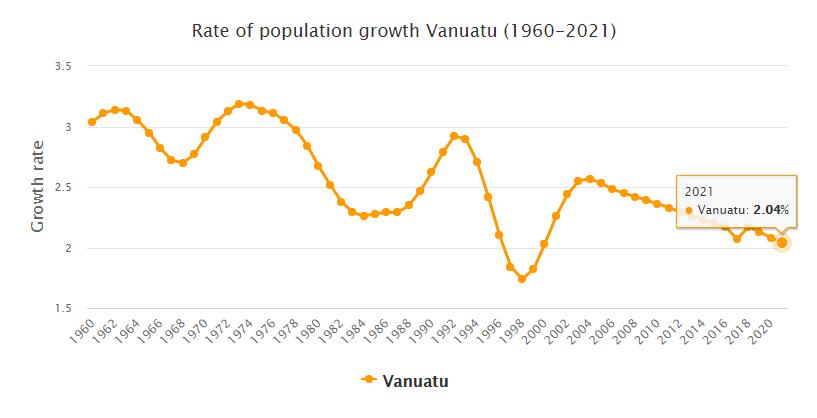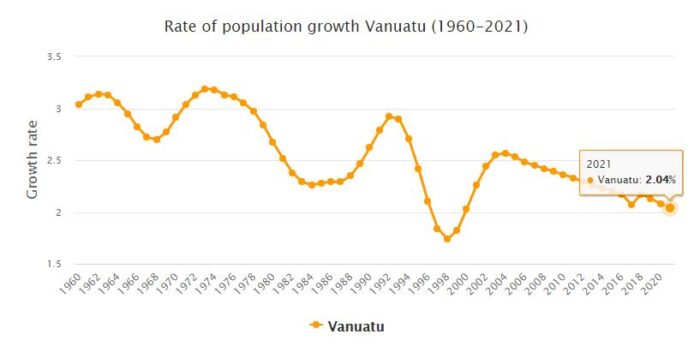Yearbook 2008
Vanuatu. A total of 341 candidates – some of them from the country’s 29 different parties, others independent – competed for the 52 seats in parliament when elections were held in Vanuatu on September 2. One reason for the record number of candidates was widespread dissatisfaction with the incumbent government and with Prime Minister Ham Lini. Many of the candidates were independent and tried in various ways to work together to achieve a change of government.
The election results were even and the vote counted out over time. When the result was presented after a week, it became clear that the Party of Our Country (Vanuaaku Pati, VP) became the largest party with 11 seats. The incumbent Prime Minister Ham Linis United National Party (NUP) received 8 seats. The Union of Moderate Parties (UMP) and Vanuatu’s Republican Party (VRP) took home 7 seats each. Other parliamentary seats went to small parties and independent candidates.
- ABBREVIATIONFINDER: Click to see the meanings of 2-letter acronym and abbreviation of VU in general and in geography as Vanuatu in particular.
VP formed a coalition government together with i.e. NUP and together gained a majority of seats in parliament, 27. The opposition, which consisted of VRP, UMP and the Greens, among others, had 25 seats.
On September 22, VP leader Edward Natapei was elected new prime minister with the support of the 27 coalitions of the government coalition in parliament. The opposition’s 25 members voted for Maxime Korman from VRP. Natapei had been prime minister in 2001–04 and minister in various governments in the 1990s. On the same day he was elected prime minister, Natapei presented his new government with 13 ministers, mainly from the VP and the NUP. Outgoing Prime Minister Ham Lini also took office in this government, as Deputy Prime Minister.
During the first two months as prime minister, Natapei survived three distrustful votes against him in parliament on the initiative of the opposition.
Population 2008
According to Countryaah reports, the population of Vanuatu in 2008 was 236,100, ranking number 184 in the world. The population growth rate was 2.450% yearly, and the population density was 19.3774 people per km2.

